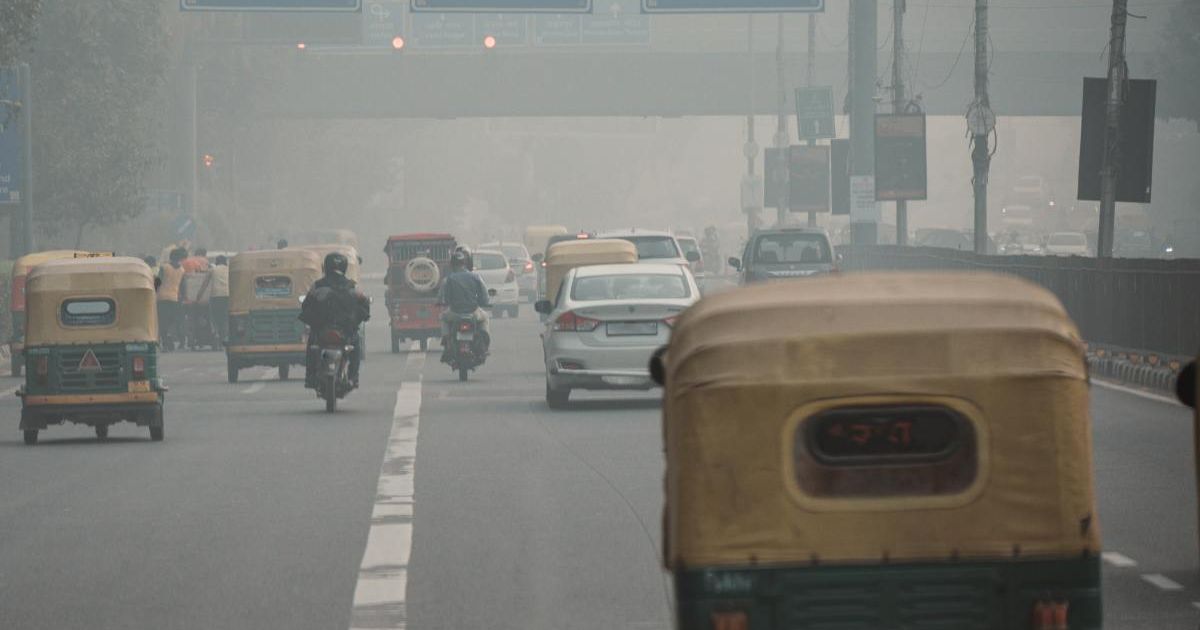This Asian Country Is Seeing Less Sunlight Due To Increasing Air Pollution, Study Finds

Pollution in any form, especially air pollution, poses serious threats to the environment and our fragile planet in many ways. For instance, when harmful gases from vehicles, factories, and burning fossil fuels are released into the atmosphere, they can harm forests, crops, water bodies, and even human health in dangerous ways, completely disturbing the balance of nature. Recent news has highlighted one such concerning scenario. Experts have noticed that growing air pollution is now dimming the skies and steadily decreasing the sunshine hours in most parts of India. This statement was given by six Indian scientists who analyzed the data from the past three decades.

The findings of their research were revealed in a study titled ‘Spatiotemporal trends in sunshine hours over India during three decades from 1988 to 2018,’ which was published by the journal Scientific Reports. This study examined how sunlight reaching the Earth’s surface has changed over time in different areas. It covers 20 monitoring stations across India, tracking the changes from 1988 to 2018. After a detailed analysis, experts observed that sunlight hours have steadily decreased across the country, except for the northeast, where a slight seasonal improvement was noted.

A group of scientists from Banaras Hindu University, the Indian Institute of Tropical Meteorology, and the India Meteorological Department found that the biggest drops were taking place in northern inland cities like Amritsar and Kolkata, along the Himalayas, and on the west coast (including cities like Mumbai). Monthly analysis revealed that there is an increase in sunlight from October to May, and it sharply declines during June and July. This alarming loss of sunlight has been linked to India’s severe air pollution issue, which has grown rapidly since the 1990s. Some of the most common causes of the rise in air pollution are urbanization, industry and vehicle emissions, and burning biomass, as reported by the BBC.
These activities reportedly fill the air with aerosols that eventually block the sun's rays. Manoj Kumar Srivastava, one of the authors of the study and a geophysics professor at the Banaras Hindu University, spoke of the concerning situation and said, "Our study found that shrinking sunshine hours are linked to clouds that linger longer without releasing rain, blocking more sunlight. These longer-lasting clouds form indirectly due to aerosols that alter weather and climate." While aerosols reduced sunlight in India by about 13%, clouds caused another 31–44% drop between 1993 and 2022.

Meanwhile, this alarming scenario is damaging India’s plans for improvement in the solar power sector, with crops and the daily lives of people also facing serious issues. For instance, crops like rice and wheat lose 36–50% of their yields in areas with more air pollution, according to Sachchida Nand Tripathi, who is an atmospheric scientist at the Indian Institute of Technology, Kanpur. In the past few years, experts have seen similar situations arising worldwide during the periods when air pollution is the highest. However, by following some strict measures, cleaner air has restored sunlight in those regions. These findings reveal how important it is to take immediate action to reduce air pollution in India.
More on Green Matters
Climate Change Is Often to Blame for the Sun Appearing Red
Global Warming: Do We Share Responsibility With the Sun?
Salt Lake City Was Once so Polluted It Had 'Air You Can Chew'